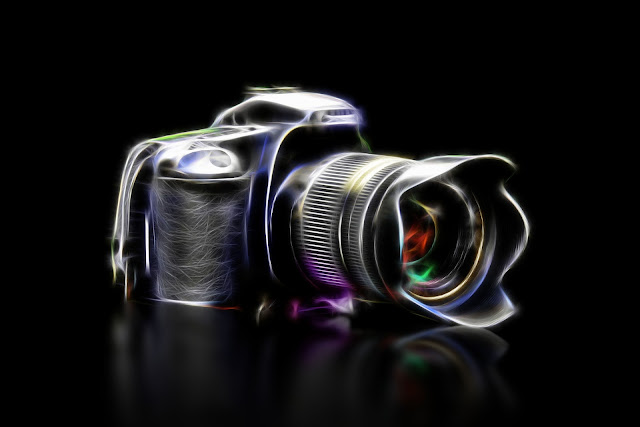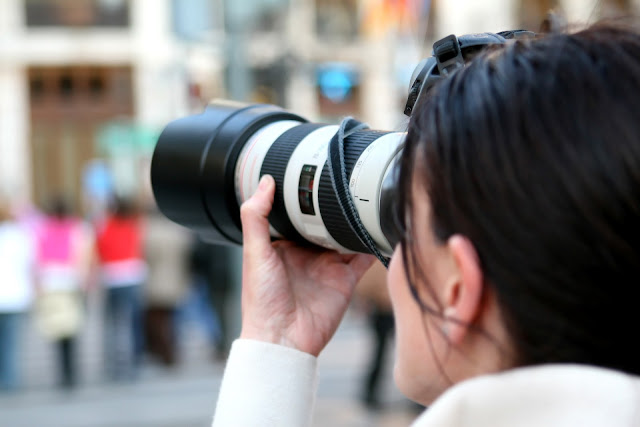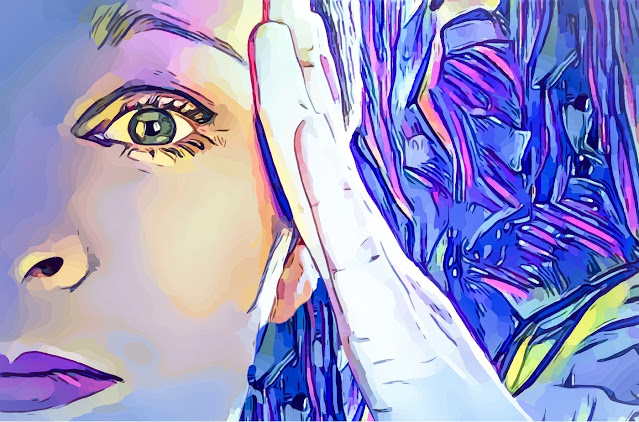In the world of lighting, moments are coming and going as they swing endlessly through time.
It’s the task of a photographer to capture his or her unique moments of eternity to pass on their message to the world.
There is no brighter moment, than those you captured to brighten the world of others as part of your artistic task.
Seize the moment and leave your everlasting photographic mark.
These are basic steps to help you capture that.
Nathaniel Bernard—Art Blogger
Conceiving the Moment
Every opportunity of lighting in photography first comes from the conceiving of the moment.
This moment is the birth of creation in the internal world of an artist, especially if you are a photographer.
The photographer has two options:
A. Finding an ideal moment to capture.
B. Creating a unique moment to capture.
This is done with the purpose of establishing your photographic idea that you intend to produce.
The word “Conceive” in photography based on the above could be defined as:
Establishing a photographic goal to be captured.
As a photographer, this should be an initial way of operating, so he or she has a set goal to work towards to. This will help avoid floundering around in indecision. But conceiving does take practice sometimes.
But there is a more fundamental element that lies behind one’s ability to conceive a photographic moment, which is having a primary purpose for doing photography in the first place. This very purpose will fuel much inspiration in conceiving new ideas.
The idea of conceiving with a primary purpose behind it is essential in capturing the exact moments that you want.
Though, before one captures those exact moments, they might require arranging certain aspects first, so they are perfect per your photographic goals and standards.
Thus, this will take one to the next phase after conceiving a moment.
The Arrangement of Thoughts
Once you visualized the exact ideal moment of light that you want captured, it leads to the arrangements of one’s thoughts as to how one is going to accomplish it.
This arrangement includes two concepts:
1. How one is going to adjust and position the camera to attain that ideal moment of light with your intended message?
2. Does the environment need any tweaking or arranging to help one come closer to that envisioned moment?
These are thoughts that needs to be analyzed and acted upon based on one’s findings and understandings to assist you in bringing forth your final photograph.
On the first concept, it becomes very important that one knows enough photographic basics to effectively handle one’s camera with confidence.
That way, the camera does what you intended to do by taking advantage of any lighting that’s available to capture your moment.
Equally significant to knowing enough photographic basics is having a high quality professional camera that will give you plenty of good features to manipulate the surrounding lighting with greater ease.
Aside from that, the second concept requires one to decide, if any objects or elements in the surrounding environment need to be moved or enhanced to contribute to your final envisioned idea that you’re trying to obtain.
Staging Your Moment
Once your thoughts are in place, it flows right into staging your moment.
This is a key point in photography, where speed is of the essence.
Each moment of lighting is completely different as time moves forward.
One has to keep up with any changing elements in the environment, which means you might need to readjust rapidly those camera settings to keep your envision moment in place.
Automatic settings are great for beginners, but it doesn’t always produce the exact final quality and effect that you might be picturing in your mind sometimes. Therefore, it's good to occasionally adjust some settings to bring it closer to what you want. Though, artificial intelligence programs in modern cameras are drastically improving these days to the point where it does many of the basic lighting calculations and adjustments for you.
If one has a controlled environment such as a private studio, it’s a totally different story. In such a setting, the photographer has control of all the lighting elements in that space, providing that he or she has all the right equipment and knows how to use them.
Thus, a photographer is dealing with two kinds of environments:
1. Controlled environment.
2. Dynamic environment.
In this latter point, it'll require the most attention to capture your moment.
You’ll need to stay on your toes to capture that specific moment of light based on what you originally envisioned. It’ll determine how much speed or ingenuity you might need to keep that final goal in place long enough, so you can take your shot.
Start out by getting yourself in the right position. Then, angle the camera in the direction that you want it to face. Adjust the settings of the camera, so it’s capturing the ideal level of lighting.
Now, get ready for your final shot.
Bring Your Message to Fruition
The key element of your photograph is your message.
As a photographer, you want to ensure that it carries your envisioned idea. Otherwise, it won’t communicate as you intended.
If it does, well go ahead and capture your subject or scene.
At this point, you want to verify that your shot is final and all the intended elements are in place, but most importantly, it resonates.
Now, if for some reason you’re not satisfied with your final rendition, simply go back and readjust the camera as needed and retake that shot again.
As any other activity, it takes much practice to get good at something.
So, keep practicing each day to continue improving your skill.
Whimsical Moments
In photography, there is such a thing as taking snapshots.
These snapshots are sudden inspirations of things that you quickly wanted to take a photograph of.
It’s something that you’ll continue to do, especially if you’re a beginner, as you continue to play and experiment with your camera. You'll learn how to use all its features, until you can master them.
Light is there for the seizing, so it's all in your hands.
Take it and capture you ideal moment.
Written by,
Nathaniel Bernard—Art Blogger












Good explanation on photography composition
ReplyDelete